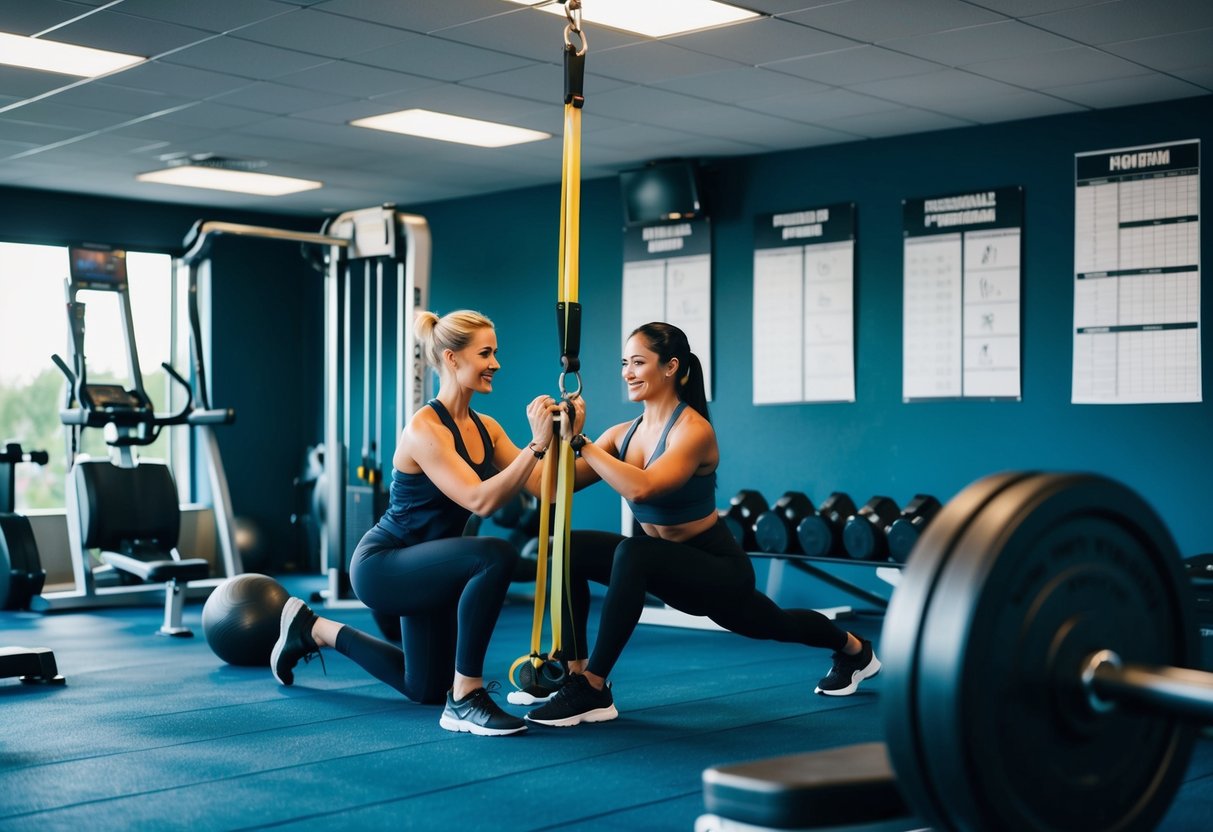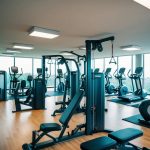
Cool Down and Stretching
Cooling down and stretching are integral parts of any fitness program. After high-intensity activity, the body needs gradual transition to a resting state to avoid dizziness or soreness. The cool-down phase may include light movements like walking or cycling to bring the heart rate back to normal. Stretching follows, with a focus on lengthening the muscles used in the workout, which helps in preventing stiffness. Static stretches, where positions are held for a period, can effectively improve flexibility and muscle relaxation. This routine aids in reducing muscle tension and promotes faster recovery, making subsequent workouts more productive.
Strength and Resistance Training

Focusing on strength and resistance training helps individuals achieve muscle gain and enhances overall fitness levels. The right selection of exercises and understanding of progressive overload are crucial for effectiveness and safety.
Exercise Selection for Muscle Gain
Choosing the right exercises is fundamental for muscle gain. Compound movements like squats and lunges engage multiple muscle groups, providing an efficient way to build strength. They target major muscle areas, making them essential in any program aimed at mass and strength.
Incorporating pulling exercises, such as deadlifts and rows, ensures balanced muscle development. These movements require coordinated effort and strength from several muscle groups, enhancing overall efficiency. Ensuring a variety of exercises also helps prevent overuse injuries.
Adjusting the intensity, volume, and rest periods can further refine results, meeting specific goals. A variety of rep ranges should be utilized, typically between 6-12 reps for hypertrophy, allowing for a balanced development. Integrating equipment like weights or resistance bands can add further challenge to the regimen.
Understanding Progressive Overload
Progressive overload is a key principle in resistance training and muscle growth. It involves gradually increasing the stress placed on the body during training. This can be achieved through enhancements in weight, repetitions, or resistance.
Adjusting the load is a common method of implementing progressive overload. For example, steadily increasing the weight lifted in a squat or a pull ensures continuous muscle adaptation. Structured increments help avoid plateaus by consistently challenging the muscles.
Tracking progress effectively is essential for successful implementation. Regularly recording weights, sets, and repetitions offers clarity on improvements and needed adjustments. Timely adaptations to the program are key for maximizing strength and resistance training benefits. Balancing these increases with adequate recovery reduces injury risk.
Cardiovascular Fitness
Cardiovascular fitness is essential for maintaining a healthy heart and improving endurance. Understanding various cardio workouts and keeping track of progress ensures effective results for any fitness level.
Types of Cardio Workouts
There are several cardio workouts available, each catering to different fitness needs. Running is a popular choice, providing a comprehensive cardiovascular benefit and can be done almost anywhere. Swimming is another excellent option, offering a full-body workout with minimal joint impact, making it ideal for those with joint concerns.
Cycling—whether on a stationary bike or outdoors—offers similar benefits and can be adjusted for intensity. High-Intensity Interval Training (HIIT) stands out for its ability to boost cardiovascular fitness in shorter periods. By combining short bursts of intense exercise with rest periods, HIIT workouts maximize calorie burn and improve heart health.



